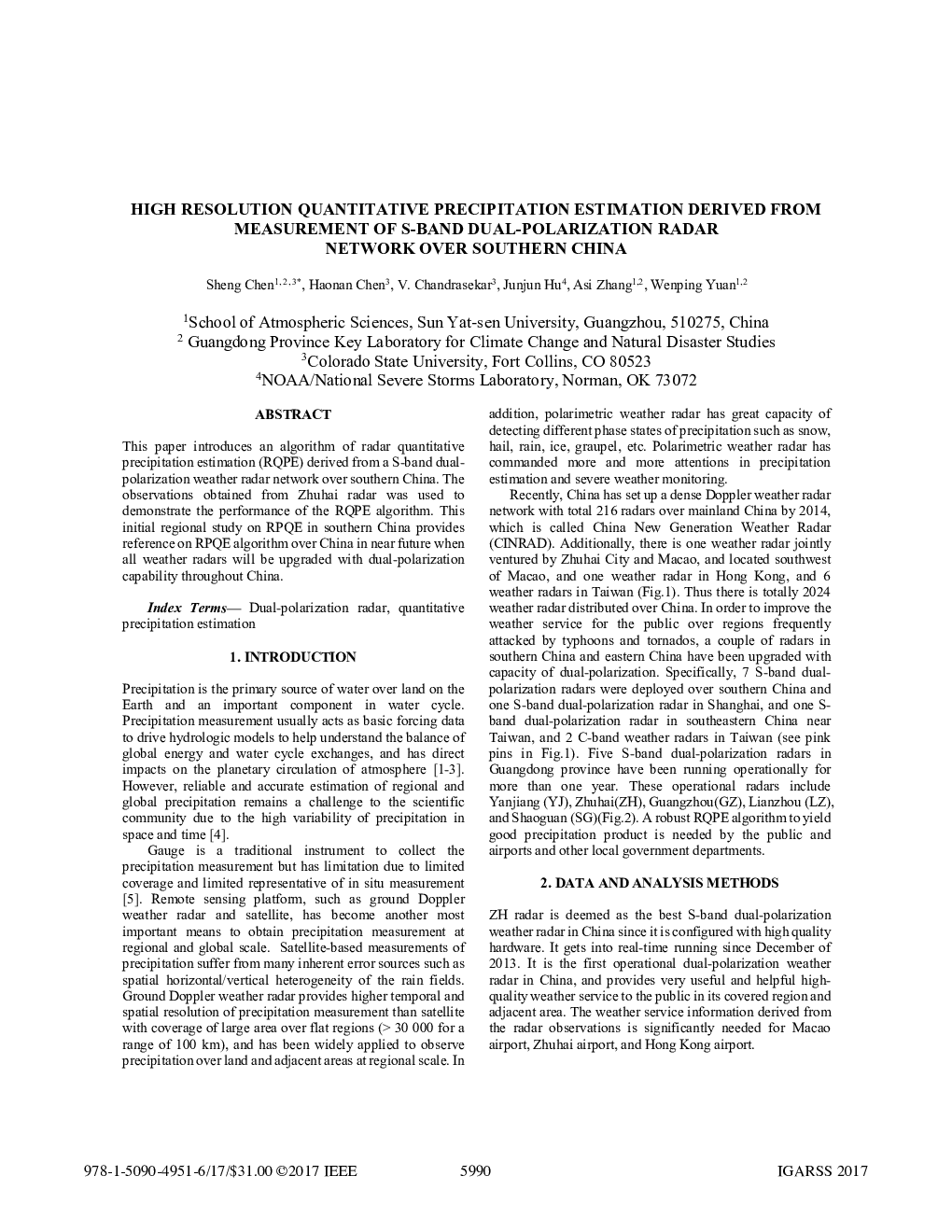| Article ID | Journal | Published Year | Pages | File Type |
|---|---|---|---|---|
| 5149782 | Journal of Power Sources | 2017 | 4 Pages |
Abstract
Nickel-cobalt-borons are synthesized using a facile and cost-effective reduction method. The effects of Ni/Co molar ratios and crystallinity on its supercapacitive performance are systematically investigated. It was found that nickel-cobalt-borons with the Ni/Co ratio being 2:1 and amorphous structure manifest the optimum specific capacitance of 2226.96Â F/g at a current density of 1 A/g and still remain 1879.2Â F/g with a high discharge current density of 20 A/g. An asymmetric supercapacitor device (ASC) has been fabricated with nickel-cobalt-borons (Ni-Co-B) as the positive electrode and commercial activated carbon (CAC) as the negative electrode material. The Ni-Co-B//CAC delivers an ultrahigh energy density of 66.40Â Wh/kg at a power density of 788.91Â W/kg. This ASC remains 85.76% of its initial capacitance even after 5000 charge-discharge cycles. The results demonstrate that amorphous nickel-cobalt-boron material is a promising candidate for energy storage application.
Keywords
Related Topics
Physical Sciences and Engineering
Chemistry
Electrochemistry
Authors
Rongna Chen, Lei Liu, Junshuang Zhou, Li Hou, Faming Gao,
